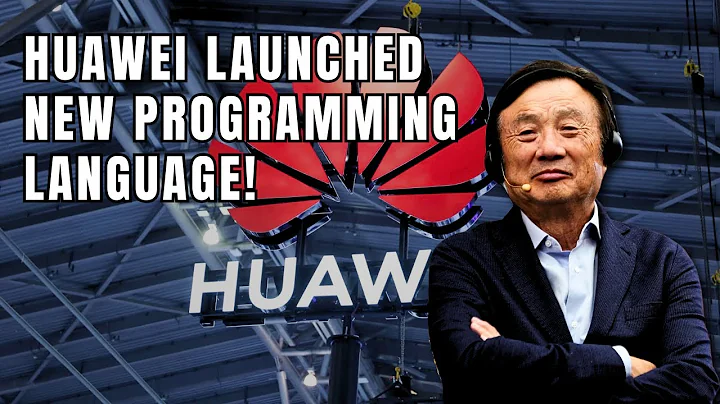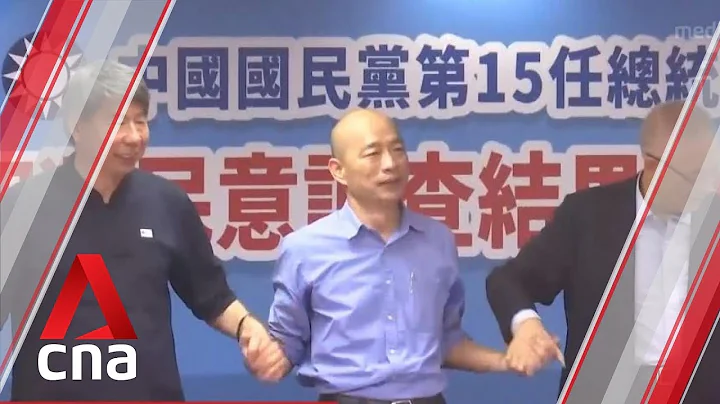Financial News Agency (Shanghai, Researcher Zhou Chen) News , the third generation semiconductor is strong again in early trading today. The early leader Jucan Optoelectronics has lifted the board. Perry Shares and Qianzhao Optoelectronics have risen by more than 10%. Many stocks such as Jie Neng, Yisite, Huacan Optoelectronics , and Taiji Technology Co., Ltd. followed suit. All 30 constituent stocks in the sector closed in the red, with no individual stock falling. The overall sector rose by 5.3%.

It is worth noting that today’s daily limit of Jucan Optoelectronics is the first time that the stock has hit its daily limit again after nearly a month and a half since it peaked on September 15. In addition, Qianzhao Optoelectronics , Taiji Co., Ltd., Luxiao Technology, etc., which performed relatively well in the early hype, also performed well today.
Judging from the third quarter report, semiconductor performance maintains a high growth rate and the industry prosperity continues. After several months of profound adjustments, the semiconductor sector has fully adjusted, and the pressure on high valuations caused by excessive increases in the first half of the year has also been digested to a certain extent. Some market participants analyzed that the outstanding performance of third-generation semiconductors today is mainly due to the fact that before the release of the 14th Five-Year Plan, the semiconductor sector was not as hyped in advance as the new energy sector. The stock price has undergone significant adjustments, and the adjustment time is basically within a period. More than half a month. Therefore, on Friday, when the market fell sharply, it suddenly emerged. Leading stocks such as GigaDevice and other leading stocks have gained nearly 20% in two days. Against this background, the third-generation semiconductor broke out today, which shows that there are currently funds switching between high and low.
LED has soared. Institutions are optimistic about Mini LED
It is not difficult to see from the top gainers in the third-generation semiconductor sector today. For example, Jucan Optoelectronics , Qianzhao Optoelectronics , Huacan Optoelectronics , etc. are all LED concept stocks. The third generation of semiconductors has become a hot topic in today’s market. Why do stocks with LED concepts rise higher? What is the connection between the two?
In fact, the third generation semiconductor refers to the wide bandgap semiconductor materials represented by silicon carbide (SiC) and gallium nitride (GaN). Among them, gallium nitride materials are widely used in optoelectronic devices, and LED lighting is a typical application field. Qianzhao Optoelectronics disclosed in Huayiyi in February this year that the company’s cooperation with Shenzhen Third Generation Semiconductor Research Institute is an all-round and multi-level in-depth cooperation. The technologies developed on this platform include but are not limited to gallium nitride and Micro -LED.
In this regard, some institutional sources said that the institution is optimistic about the opportunity of Mini LED’s accelerated outbreak. Gaogong LED predicts that the size of my country's Mini LED application market will be only 300 million yuan in 2018 and is expected to reach 2.2 billion yuan in 2020.
The market size will exceed US$5 billion in 2029
The popularity of third-generation semiconductors is mainly catalyzed by two factors. On the one hand, affected by national policies, China will vigorously support the development of the third-generation semiconductor industry and write it into the "Ten In the midst of the Fourth Five-Year Plan; on the other hand, the current domestic technologies and applications of artificial intelligence, 5G and other industries are developing well, supporting the performance of related subdivided industries within the sector.
In the context of my country’s efforts in “new infrastructure”, third-generation semiconductor materials have become a very important technical support. In April this year, the National Development and Reform Commission officially announced the scope of "new infrastructure" for the first time, officially setting the development direction of seven major areas including 5G infrastructure, artificial intelligence, and industrial Internet. The third generation semiconductors, led by Gallium Nitride (GaN) and Silicon Carbide (SiC), are the core materials that support “new infrastructure”. For example, radio frequency semiconductors with gallium nitride (GaN) as the core support the construction of 5G base stations and industrial Internet systems; power semiconductors with silicon carbide (SiC) and IGBT as the core support new energy vehicles, charging piles, and base stations. /Construction of data center power supply, UHV and rail transit systems.
According to Omdia's "2020 SiC and GaN Power Semiconductor Report", global sales revenue of silicon carbide (SiC) and gallium nitride (GaN) power semiconductors was US$571 million in 2018, and is expected to increase to US$854 million by the end of 2020. Dollar. It will maintain an average annual double-digit growth rate over the next decade and will exceed US$5 billion by 2029. According to Yole data, the SiC power semiconductor market size will grow to US$2 billion by 2024, of which the automotive market is expected to account for 50% of the SiC power semiconductor market by 2024.
The third generation of semiconductors brings opportunities for overtaking in corners
According to industry insiders, the more important significance of the third generation of semiconductors is in the field of power devices, through their special material properties, improving the performance of related chips and devices.
Compared with the first generation (represented by silicon and germanium) and the second generation (represented by gallium arsenide , indium phosphide ) semiconductor materials, the third generation semiconductor materials have high thermal conductivity and high breakdown field. It has the advantages of strong and high saturation electron drift rate and high bonding energy. It has innate performance advantages in optoelectronic devices, microwave radio frequency devices, power electronic devices , etc., and is widely used in new energy vehicles, smart grids, quantum computers, mobile communication equipment and base stations. , photovoltaics and other application fields have broad application prospects.
As the demand for third-generation semiconductor applications rises, international giants have also consolidated their advantages through mergers and acquisitions and production expansion in recent years. According to incomplete statistics from CASA Research, in 2019, companies in the international semiconductor field including Infineon, Rohm, and STMicroelectronics advanced their layout in the third-generation semiconductor field through mergers and acquisitions, involving materials, devices, and module targets. The total amount involved exceeds US$10 billion.
Founder Securities Research Report stated that the gap between third-generation semiconductors at home and abroad is not as obvious as that of first- and second-generation semiconductors. First-mover advantage is a characteristic of the semiconductor industry, and Cree's high market share also confirms the importance of first-mover advantage. Compared with Si, domestic manufacturers started researching SiC at about the same time as foreign manufacturers. Therefore, domestic manufacturers hope to catch up with foreign manufacturers and complete domestic substitution.
Guosen Securities’ research report also stated that third-generation semiconductors are the hope of mainland China’s semiconductors, and explained the reasons:
First, third-generation semiconductors are in the early stages of development compared with first- and second-generation semiconductors, and domestic and international giants are basically are on the same starting line.
Second, China has an application market for third-generation semiconductors. We can define products according to the market, instead of following international giants to make local substitutions.
Third, the difficulty of third-generation semiconductors is not in the equipment or logic circuit design, but in the process. Process development is accidental, and it is less difficult than logic chips.
Fourth, the equipment requirements are relatively low, the investment is small, and there can be many players in the country. Driven by capital, it can blossom all over the country, and there is a high probability that several third-generation semiconductor companies will eventually emerge.





















